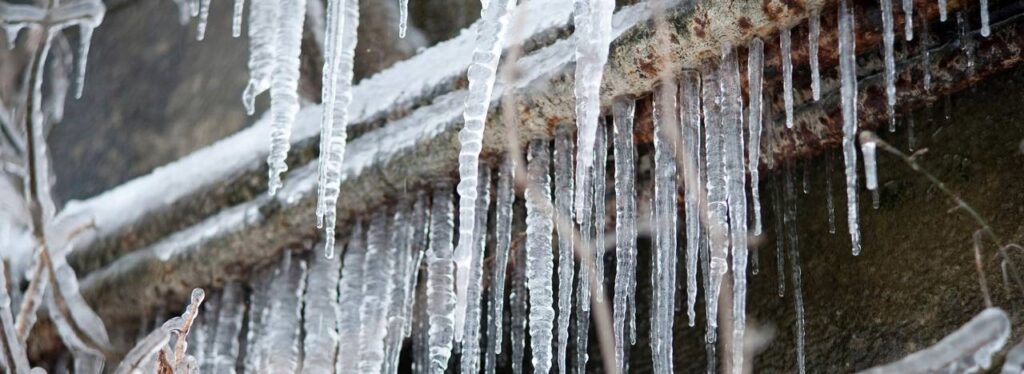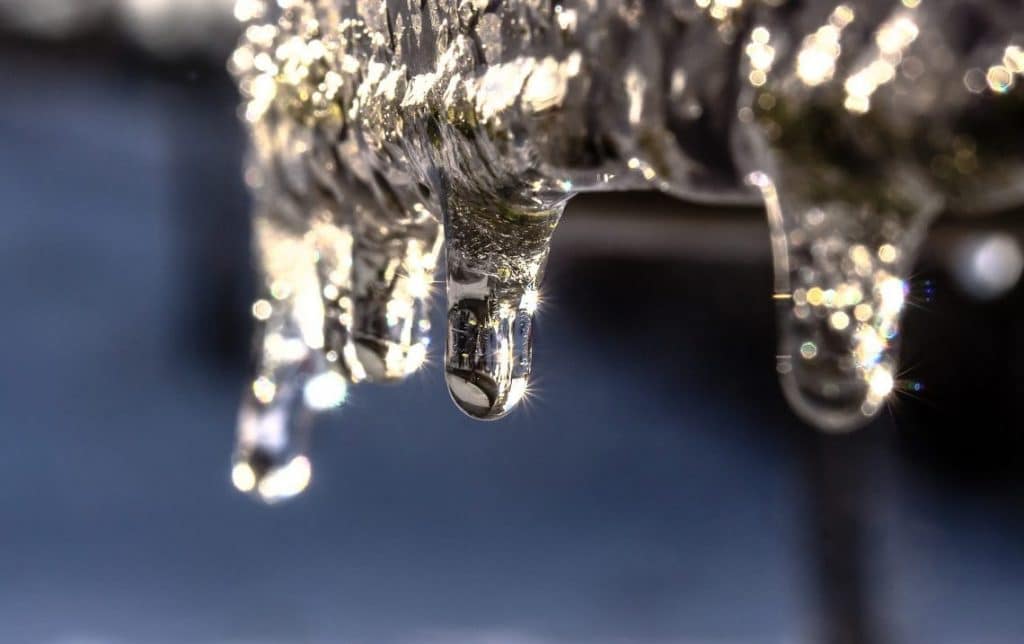Important Advice for Avoiding Frozen Pipes in Cold Weather Seasons
Important Advice for Avoiding Frozen Pipes in Cold Weather Seasons
Blog Article
Are you currently hunting for help on How to Prevent Your Pipes From Freezing?

Winter can ruin your pipes, particularly by freezing pipelines. Below's exactly how to stop it from taking place and what to do if it does.
Intro
As temperatures decline, the danger of icy pipes rises, possibly leading to costly repair services and water damages. Recognizing exactly how to prevent icy pipelines is vital for property owners in cold environments.
Recognizing Icy Pipelines
What creates pipes to freeze?
Pipes freeze when exposed to temperature levels below 32 ° F (0 ° C) for expanded periods. As water inside the pipes freezes, it broadens, putting pressure on the pipe wall surfaces and potentially triggering them to break.
Dangers and damages
Icy pipelines can lead to water system interruptions, residential property damage, and pricey repairs. Ruptured pipelines can flooding homes and trigger substantial architectural damages.
Signs of Frozen Piping
Recognizing frozen pipelines early can stop them from rupturing.
How to recognize frozen pipes
Seek decreased water circulation from faucets, unusual smells or sounds from pipelines, and noticeable frost on revealed pipelines.
Prevention Tips
Insulating susceptible pipelines
Wrap pipelines in insulation sleeves or make use of heat tape to shield them from freezing temperatures. Focus on pipes in unheated or outside areas of the home.
Home heating strategies
Maintain indoor areas adequately warmed, especially areas with plumbing. Open closet doors to enable warm air to circulate around pipelines under sinks.
Protecting Outside Plumbing
Garden pipes and outside taps
Detach and drain pipes garden pipes before winter months. Set up frost-proof spigots or cover outside faucets with protected caps.
What to Do If Your Pipelines Freeze
Immediate activities to take
If you suspect icy pipelines, keep faucets open up to relieve pressure as the ice melts. Use a hairdryer or towels soaked in hot water to thaw pipes gradually.
Long-Term Solutions
Structural changes
Take into consideration rerouting pipes far from outside wall surfaces or unheated locations. Include additional insulation to attic rooms, cellars, and crawl spaces.
Upgrading insulation
Invest in top notch insulation for pipelines, attic rooms, and walls. Appropriate insulation aids preserve consistent temperatures and minimizes the threat of icy pipelines.
Final thought
Stopping frozen pipes calls for aggressive steps and quick responses. By comprehending the causes, signs, and preventive measures, homeowners can safeguard their pipes throughout winter.
6 Proven Ways to Prevent Frozen Pipes and Protect Your Home
Disconnect and Drain Garden Hoses
Before winter arrives, start by disconnecting your garden hoses and draining any remaining water. Close the shut-off valves that supply outdoor hose bibs and leave the outdoor faucet open to allow any residual water to drain. For extra protection, consider using faucet covers throughout the colder months. It’s also important to drain water from any sprinkler supply lines following the manufacturer’s directions.
Insulate Exposed Pipes
Insulating your pipes is an effective way to prevent freezing. Pipe insulation is readily available at home improvement stores and is relatively inexpensive. Pay close attention to pipes in unheated areas such as the attic, basement, crawl spaces, or garage. Apply foam insulation generously to create a buffer against the cold. You can also wrap your pipes in heat tape or thermostat-controlled heat cables for added warmth.
Seal Air Leaks
Inspect your home for any cracks or openings that could let in cold air. Seal any holes around the piping in interior or exterior walls, as well as the sill plates where your home rests on its foundation. Additionally, make sure to keep your garage door closed unless you’re entering or exiting. Leaving it open creates a significant air leak that can lead to frozen pipes.
Allow Warm Air Circulation
During cold snaps, it’s essential to allow warm air to circulate evenly throughout your home. Leave interior doors ajar to promote better airflow. Open kitchen and bathroom cabinets to help distribute heat consistently around the rooms. If you have small children or pets, be sure to remove any household chemicals or potentially harmful cleaners from open cabinets for safety.
Let Faucets Drip
A small trickle of water can make a big difference in preventing ice formation inside your pipes. When temperatures drop significantly, start a drip of water from all faucets served by exposed pipes. This continuous flow helps prevent the water from freezing. Additionally, running a few faucets slightly can relieve pressure inside the pipes, reducing the chances of a rupture if the water inside does freeze.
https://choateshvac.com/6-proven-ways-to-prevent-frozen-pipes-and-protect-your-home/

As a passionate person who reads on How to prepare your home plumbing for winter weather, I was thinking sharing that article was smart. Those who enjoyed our blog entry please make sure you remember to share it. Bless you for being here. Revisit us soon.
Go Company Report this page